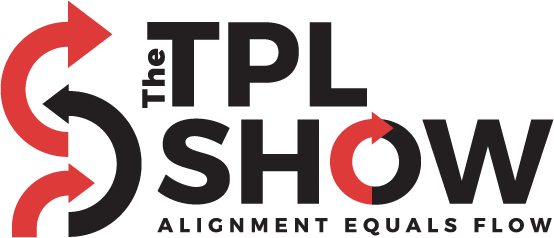Help Chains and How to Use Them
What is a Help Chain?
A Help Chain is a structured, and highly visual, accountability system used to communicate and restore interruptions to flow.
Why are Help Chains important?
- Rational Reason - They ensure that everyone knows when an interruption to flow occurs and who is accountable to restore it.
- Emotional Reason – Alignment is much easier when restoring flow is identified as an organizational priority, and when addressing interruptions to flow is led in a predetermined, clear, and systematic way.
- Tangible Reason – Having a Help Chain makes it much easier for organizations to identify and eliminate the root causes of interruptions to flow (downtime). Organizations that apply Help Chains have 50% less downtime than those that do not.
How do you use help Chains?
Step 1 - Understand the concepts behind Help Chains.
- Learn about the Visual Workplace by reading Visual Workplace – Visual Thinking by Gwendolyn D. Galsworth & the 5 Pillars of the Visual Workplace by Hiroyuki Hirano.
- Learn about Andon - https://www.lucidchart.com/blog/guide-to-andon-in-lean-manufacturing.
- Learn about Reverse Cascades – Avanulo Blue Paper #562 – Everything you need to implement Help Chains - write us at info@tplshow.org.
Step 2 - Publish a simple, clear, and relevant definition for downtime (an interruption to flow) for your organization.
Step 3 - Identify the Bottleneck and major pinch points in your process that will benefit from Help Chains.
Step 4 - Design the Escalation Protocol for your organization.
Step 5 - Design and install the Andons for each place that will have a Help Chain.
Step 6 - Train everyone in the concept of Help Chains, Your organization’s definitions and protocols, and your Andons.
Step 7 - Implement the Help Chain System. Practice using it. Adjust as you go.
Step 8 - Do a Process Check after 30 days and adjust as appropriate.
Step 9 - Schedule and hold a Process Check every quarter.
Key Tools
- Show Notes and Transcript – https://www.dropbox.com/s/6kyvvs437hkmbfp/Transcript%20for%20Episode%2011%20-%20Help%20Chains%20and%20How%20to%20Use%20Them%20v2.pdf?dl=0
- Write us at info@tplshow.org for our free guide - Everything you need to implement Help Chains (Avanulo Blue Paper #562)
- Book - “Visual Workplace. Visual thinking”, by Gwendolyn Galsworth
- Book - :”The Five Pillars of the Visual Workplace”, by Hiroyuki Hirano
- A good, concise article about Andons - https://www.lucidchart.com/blog/guide-to-andon-in-lean-manufacturing



